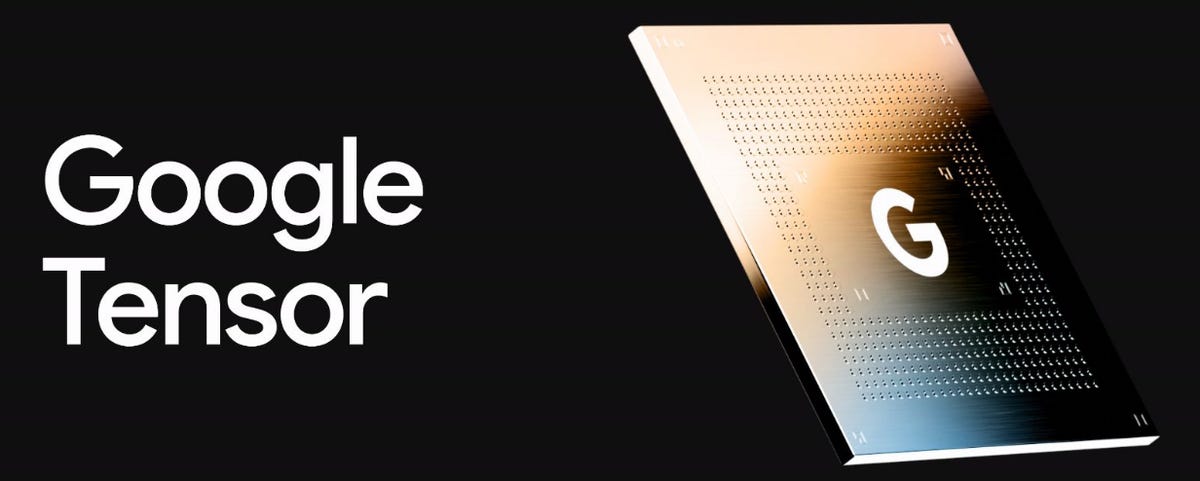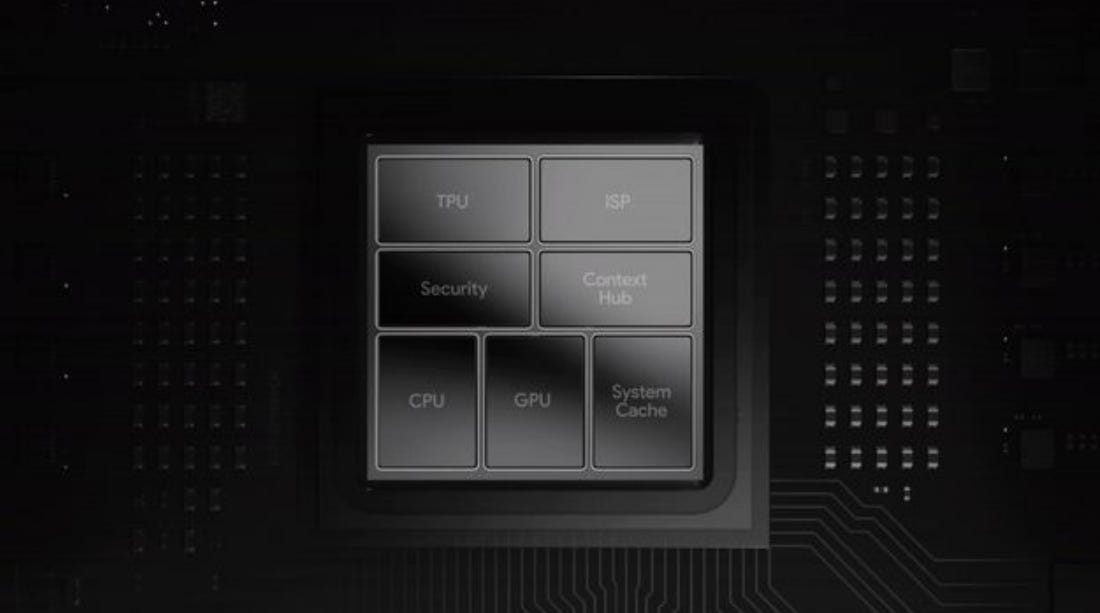![]()
Chris Duckett
| October 19, 2021
| Topic: Hardware

Image: Google
Google has taken the wraps off its latest Pixel smartphones and, among the changes, the one with the biggest long-term impact is the switch to in-house silicon for the search giant.
The days of relying on Qualcomm are over and Google now has more control of its mobile hardware platform.
What’s in the Tensor name?
On a high-level view, a tensor is a mathematical construct that helps explain objects in vector space. The reason why it is useful in computing is because a tensor can be described using a multidimensional array and is how machine learning can also be represented.
Google has attached the Tensor name to its machine learning projects for quite a while. In 2015, it open sourced its TensorFlow ML project, and a couple of years later used the name Tensor Processing Unit for the hardware it created to run AI workloads.
Now that Google is doing its own phone hardware, the Tensor name has been applied to its new system-on-chip.
So a chip that is good at artificial intelligence work?
That’s Google’s angle on why it needed this chip.
Speaking to journalists, Tensor product manager Monika Gupta said the company felt like it was being held back and wanted a chip that could handle machine learning workloads in a phone.
“We had all this amazing technology in-house state of the art ML models, but we couldn’t actually deliver them into Pixel, or we could, but maybe sort of, in a compromised way because we couldn’t actually run the most sophisticated, most state-of-the-art ML models that we wanted …. until now, until Tensor.”
Gupta added that all of the chip has been designed to help run AI while impacting battery life as little as possible.

Image: Google
What is physically on the Tensor chip?
The suitable-for-most-humans-stylised schematic shows the chip having a CPU and GPU cluster, an area for security, signal processing, a context hub, and to handle AI, it naturally has Tensor Processing Units.
The CPU cluster consists of two Arm X1 cores for pure performance, two medium Arm A76 cores, and four efficient A55 cores. The Arm-designed GPU consists of 20 cores that Google says will be enough for a premium gaming experience.
The chip also has a Tensor security core, which is a new system that will do processing on sensitive data separate from the main CPU. The chip also has a new Titan M2 onboard to work beside the Tensor security core.
Google said the Titan M2 has been made resilient to advanced attacks including electromagnetic analysis, voltage glitching, and laser fault injection.
The context hub is used for ultra low power AI, such as the now playing alerts that show on the always-on display when the phone is locked.
Samsung is fabricating the chips on its 5-nanometre LPE process.
How fast will the Tensor chip be?
Google states the Tensor chip is the fastest chip ever put into a Pixel, but that isn’t too hard, since the Pixel 6 predecessor, the Pixel 5, had a 700-series Qualcomm Snapdragon 765G processor instead of the usual 800-series chips.
Benchmarks on the chip are not available, but the search giant said Tensor would work better as a whole, rather than having parts of the chip optimised individually.
“[Previous] CPU and GPU speeds look great on benchmarks but they don’t always reflect real-world user experience,” vice president of the Pixel business unit Nanda Ramachandran said.
“Pixel 5 is a very good example of our approach. Google software delivered a great experience even on a chip that didn’t win on benchmarks.”
Related Topics:
PCs
Servers
Storage
Networking
Data Centers
![]()
Chris Duckett
| October 19, 2021
| Topic: Hardware